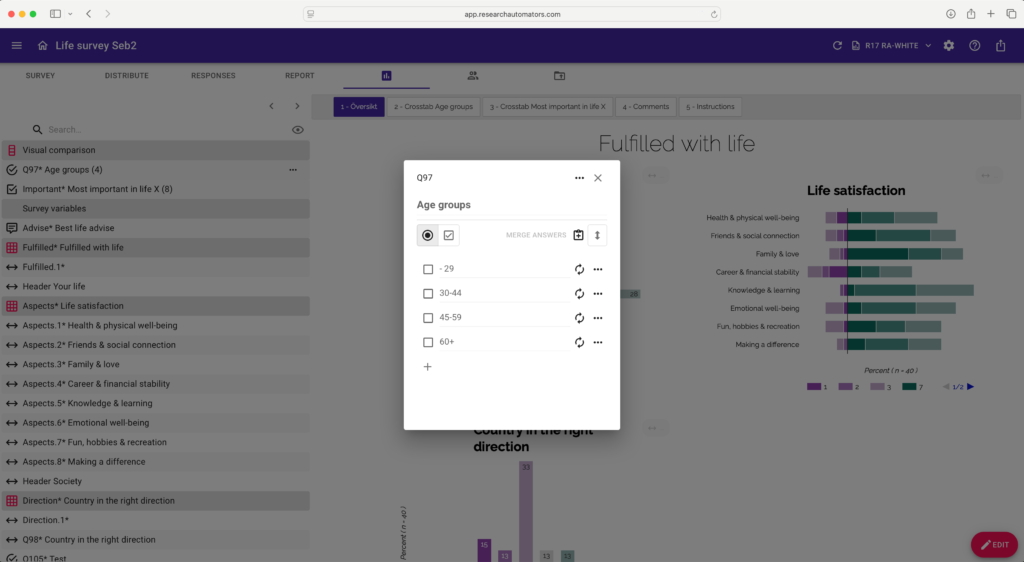Organizing survey response data is the key to unlocking valuable insights from your research. Many people look only at averages or overall results, but if you don’t focus on organizing survey response data throughout your process, you risk missing the real story behind the numbers.

Don’t Just Focus on Averages: Why Organizing Survey Response Data With Segmentation Matters
It’s easy to focus on the overall numbers when you get your survey results. Maybe you look at the average score, the top three answers, or the total satisfaction rate. But if you only look at the big picture, you might miss what’s really going on underneath. Segmenting your survey data helps you see who feels a certain way, and why.
What Does Organizing Survey Response Data Through Segmentation Mean?
Organizing survey response data through segmentation means dividing your results into meaningful groups or segments. This lets you ask more specific questions and get better answers. For example, what do young men living in big cities think? How do long-time employees feel compared to people who just started? Do customers in the north feel differently than those in the south?
When you segment your data, you start to understand the people behind the numbers, not just the numbers themselves.
How Survey Automator Makes Data Segmentation Simple
In Survey Automator, segmenting survey data is a built-in feature. It helps you spot important patterns instead of just confirming what you already know. You can create groups based on anything you ask about: age, gender, location, behavior, and more. After you set up your segments, you can:
● Filter dashboards to see group differences
● Compare segments in your reports
● Export targeted data for even deeper analysis
These tools make survey data organization for actionable insights fast and easy.
Why Segmentation Helps You Make Better Decisions
Thinking in segments helps you take your analysis to the next level. It’s not just about what people answered, but who gave those answers and how their views compare to others. When you use segmentation, you get both the big picture and the details you need.
Make Your Next Survey More Meaningful
Next time you run a survey, go beyond the total results. Ask yourself who you want to understand and what you really want to learn. By segmenting your survey data, you’ll get insights you can actually use and make better, data-driven decisions.
Want to explore more ways to streamline your surveys?
Check out all our Survey Automator frequently asked questions to get the most out of your survey projects.
